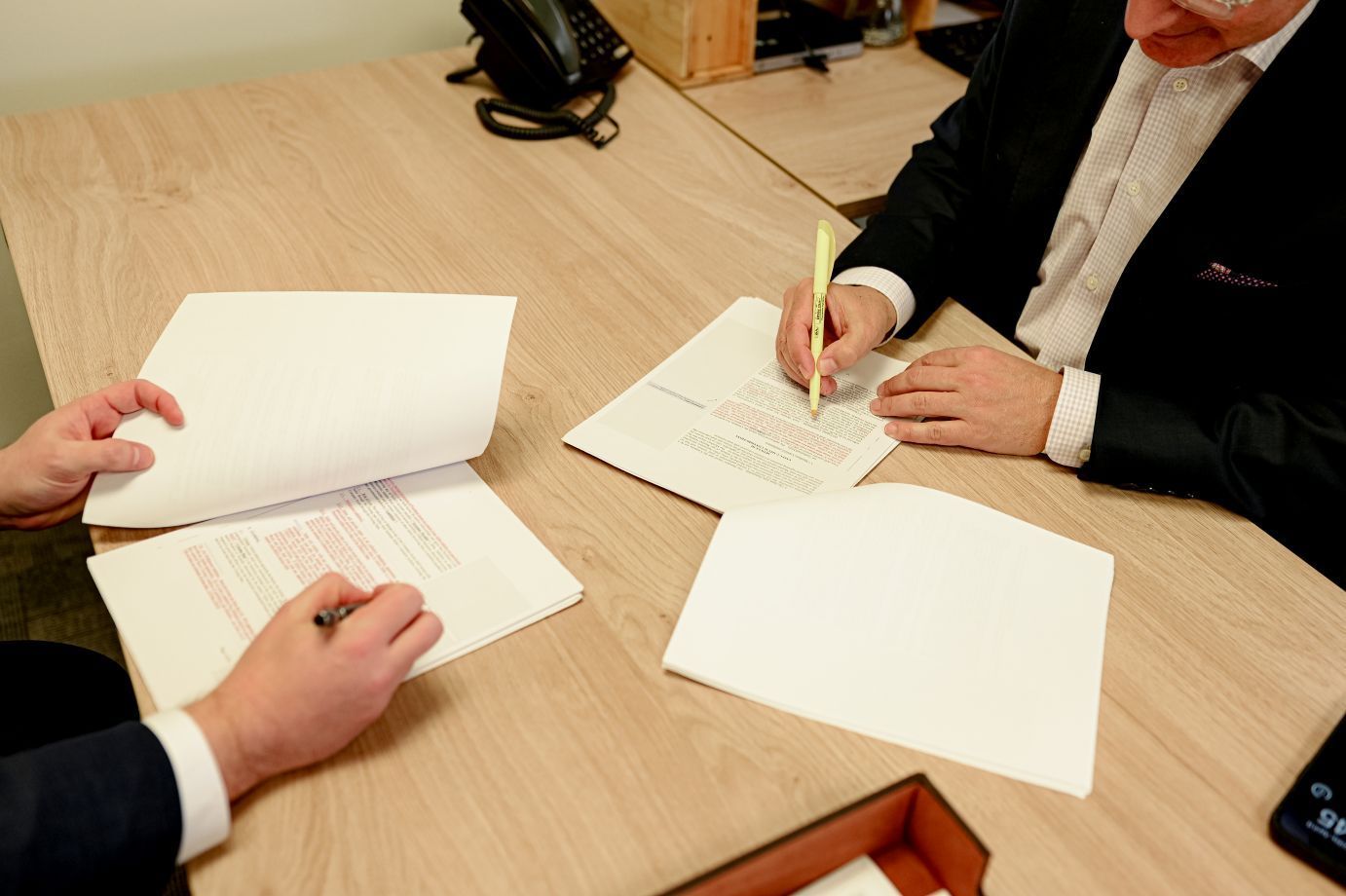Evolving Teledentistry Standards Focus On Consistency With In-Person Care
The expansion of teledentistry services – using technology to connect patients and dentists remotely for consultations, evaluations, and other communications- is the product of a perfect storm. A nationwide shortage of dental staff and the desire to expand access to dental care to rural, remote, or underserved populations were already driving interest in teledentistry when the COVID-19 pandemic hit.
As it did with telemedicine generally, the pandemic accelerated the expansion of virtual dental care. The American Dental Association’s (ADA) Policy on Teledentistry reflects the growing consensus that teledentistry provides benefits for patients and practitioners alike: “The ADA believes that examinations performed using teledentistry can be an effective way to extend the reach of dental professionals, increasing access to care by reducing the effect of distance barriers to care.”
And as with the medical profession, the legal, regulatory, and licensure frameworks that govern the dental profession have had to play a bit of catch-up to facilitate and set standards for teledentistry services and methodologies. Dentists who wish to offer and provide teledentistry services must grapple with this evolving and unsettled legal landscape, which varies from state to state. But the ADA’s position, mirrored in proposed regulations in various states throughout the country, generally provides that the standards that govern the use of teledentistry – whether regarding the quality of care provided, supervision of allied dental staff, patient records and data privacy, or licensure issues – should parallel those that apply to in-person services.
What Is Teledentistry?
Teledentistry is not a specific service. Rather, it refers to the means through which dental care is provided. There are two primary modalities for delivering teledentistry services:
- Synchronous (live video): Live, two-way interaction between a patient and a provider using audiovisual telecommunications technology.
- Asynchronous (store and forward): Transmission of recorded health information (for example, radiographs, photographs, video, digital impressions, and photomicrographs of patients) through a secure electronic communications system to a practitioner, who uses the information to evaluate a patient’s condition or render a service outside of a real-time or live interaction.
Applicable Standards
As noted, the underlying theme as laws and regulations evolve is that, in the ADA’s words, “services delivered via teledentistry must be consistent with how they would be delivered in person.” The ADA’s Policy, last updated in 2020, appears to be the touchpoint for regulators crafting their own standards for the use of teledentistry in their state.
In Illinois for example, proposed pending regulations published by the Illinois Department of Financial and Professional Regulation regarding teledentistry mirror those contained in the ADA’s Policy. If adopted, Section 1220.402 of the regulations promulgated under the Illinois Dental Practice Act would provide that:
- Services delivered via teledentistry must be consistent with how they would be delivered in person.
- The same standard of care must be met between a treating dentist and a patient in a telehealth relationship.
- All records collected and maintained shall be sufficient for the treating dentist to make a diagnosis and treatment plan, including a review of the patient’s most recent x-rays.
- Patient treatment via teledentistry must be properly documented and consistent with in-person recordkeeping requirements.
- The treating dentist must provide the patient with a summary of services.
- A dentist shall refer a patient to an acute care facility or an emergency department when a referral is necessary for the patient's safety or in case of emergency.
- Dentists providing services through teledentistry shall provide proof of valid Illinois licensure, the identification of the providers collecting or evaluating their information or providing treatment, and any costs they will be responsible for in advance of the teledentistry service.
- Dentists providing services through teledentistry shall only provide teledentistry services to patients of record.
- The treating dentist must have examined patients being seen via teledentistry within one year of the teledentistry visit.
As the rules reflect, dentists providing teledentistry services to Illinois patients must be licensed to practice in Illinois. As other states formalize their teledentistry regulations, the converse will also probably be true: if an Illinois dentist wishes to provide teledentistry services to an out-of-state patient, they will likely need to be licensed in the patient’s jurisdiction as well.
Serving The Dental Profession
If you are a dentist looking to offer or expand teledentistry services and have questions about how to do so in a legally compliant manner, please give us a call. At Grogan, Hesse & Uditsky, P.C., we focus a substantial part of our practice on providing exceptional legal services for dentists and dental practices, as well as orthodontists, periodontists, endodontists, pediatric dentists, and oral surgeons. We bring unique insights and deep commitment to protecting the interests of dental professionals and their practices and welcome the opportunity to work with you.
Please call us at (630) 833-5533 or contact us online to arrange for your free initial consultation.
Jordan Uditsky, an accomplished businessman and seasoned attorney, combines his experience as a legal counselor and successful entrepreneur to advise dentists and other business owners in the Chicago area. Jordan grew up in a dental family, with his father, grandfather, and sister each owning their own dental practices, and this blend of legal, business, and personal experience provides Jordan with unique insight into his clients’ needs, concerns, and goals.
Speak to an Attorney






